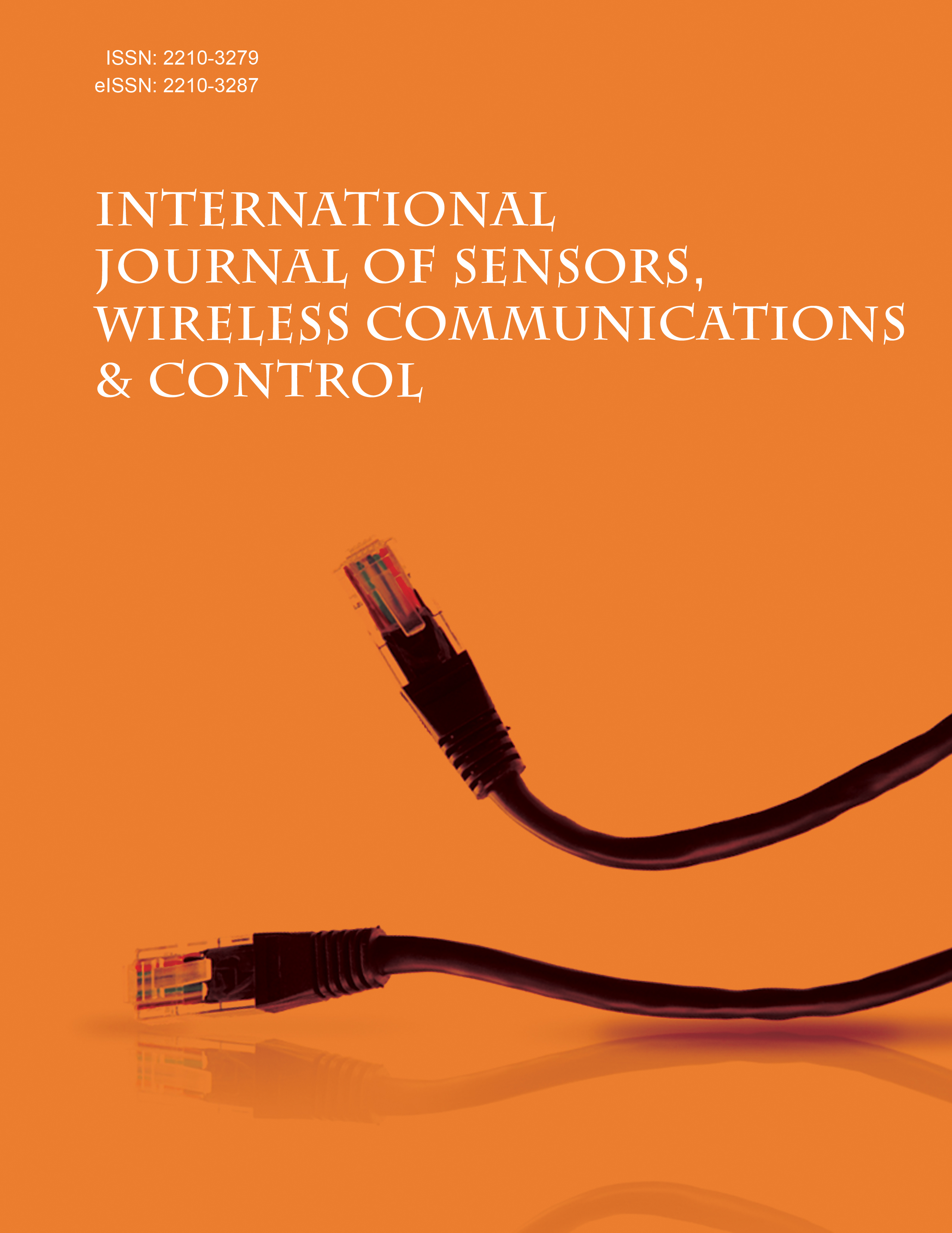- Home
- A-Z Publications
- International Journal of Sensors Wireless Communications and Control
- Previous Issues
- Volume 12, Issue 8, 2022
International Journal of Sensors Wireless Communications and Control - Volume 12, Issue 8, 2022
Volume 12, Issue 8, 2022
-
-
MQTT Implementations, Open Issues, and Challenges: A Detailed Comparison and Survey
More LessAuthors: Akshatha P.S., S.M. Dilip Kumar and Venugopal K.R.MQTT is an open standard protocol promoted by OASIS and ISO, which allows devices to transport messages using the publish/subscribe model. MQTT is more prevalent than other application layer protocols of the Internet of Things (IoT) due to its lightweight nature, low bandwidth usage, application demand, etc. It is easy and straightforward to use the protocol, making it optimal for communication in resource-constraine Read More
-
-
-
Prediction of Household Food Security Status using Ensemble Learning Models
More LessAuthors: Mersha Nigus and Shashirekha H.L.Background: This research uses the Ethiopian HICE survey dataset. Predicting food insecurity is critical in presenting the household's situation to the appropriate agencies that take preventative and intervention measures. Objective: This research paper's primary goal is to predict households' food security status using ensemble learning models. Methods: We use five base classifiers and a voting strategy for ensemble classifica Read More
-
-
-
Binary Stripe Unwrapping Based on Mean-speed Walk and Local Median Correction for Rapid High-resolution Structured-light Range Imaging
More LessAuthors: Changsoo Je and Hyung-Min ParkAim: Structured light is frequently selected for efficient and accurate depth imaging, and single-frame-based methods have been presented for real-time sensing or imaging dynamic objects. However, many existing single-frame-based methods do not provide sufficient range resolution. Even those capable of sufficient range resolution mostly result in insufficient signal-to-noise ratio or depend on spatially windowed uniqueness Read More
-
-
-
PSGWO: An Energy-efficient Framework in IoT Based on Swarm Intelligence
More LessAuthors: Simran, Yashwant Singh and Bharti RanaBackground: Internet-of-things (IoT) has been developed for use in a variety of fields in recent years. The IoT network is embedded with numerous sensors that can sense data directly from the environment. The network's sensing components function as sources, observing environmental occurrences and sending important data to the appropriate data centers. When the sensors detect the stated development, they send t Read More
-
-
-
An Enhanced Spatial Correlation Framework for Heterogenous Wireless Sensor Networks
More LessAuthors: Sunayana Jadhav and Rohin DaruwalaBackground: Event detection and monitoring applications involve highly populated sensor nodes in Wireless Sensor Networks (WSNs). Dense deployment of nodes leads to correlated sensor observations in the spatial and temporal domain. Most of the previous works focused on constant sensing radii for spatially correlated sensor observations. However, in real time scenario, the sensor nodes may have variable sensing c Read More
-
Most Read This Month
Article
content/journals/swcc
Journal
10
5
false
en


